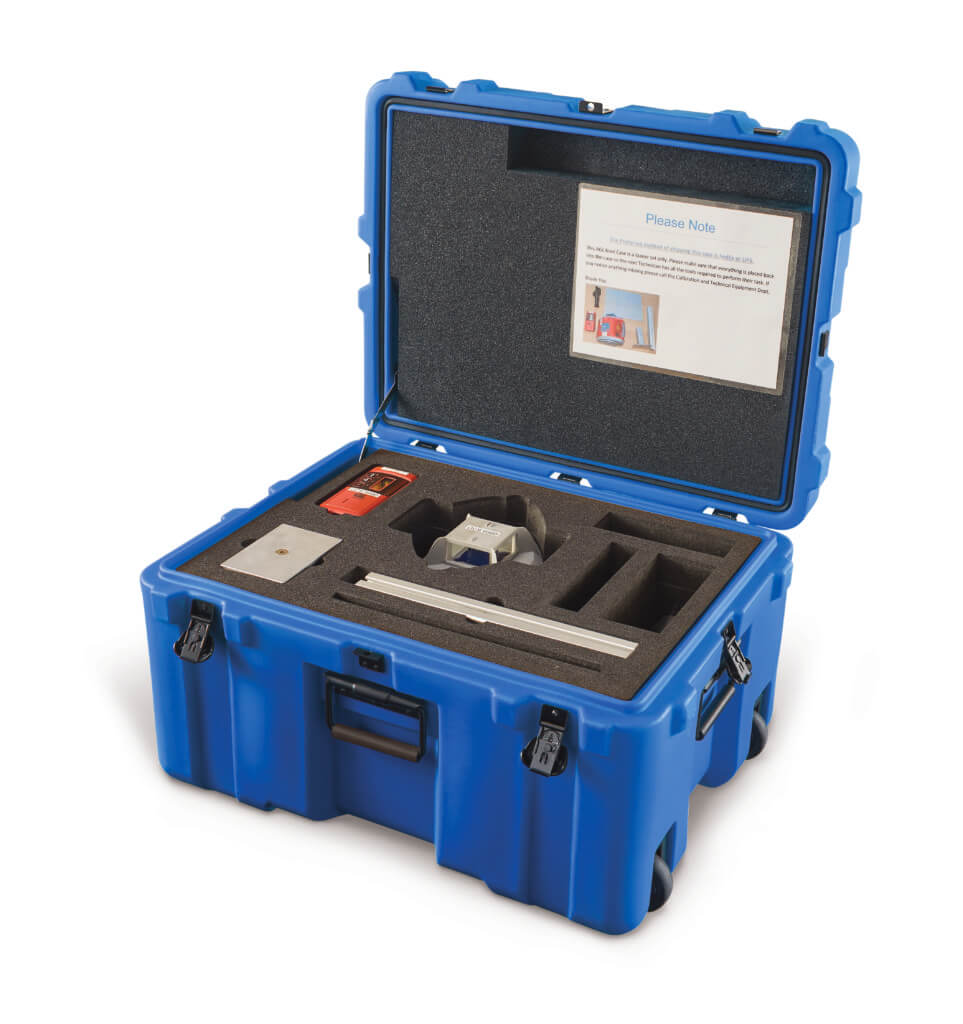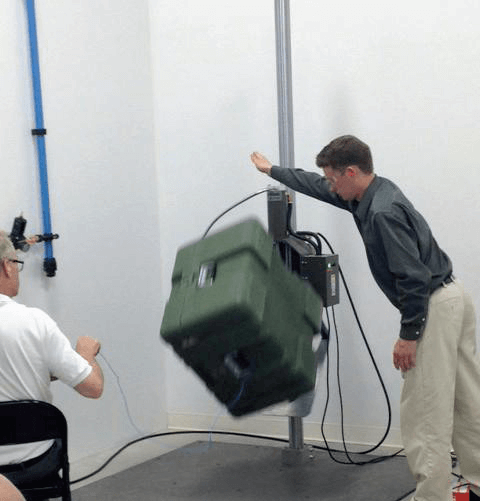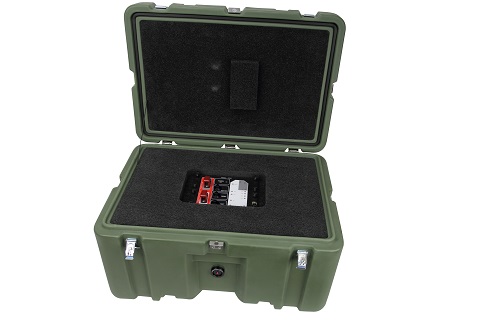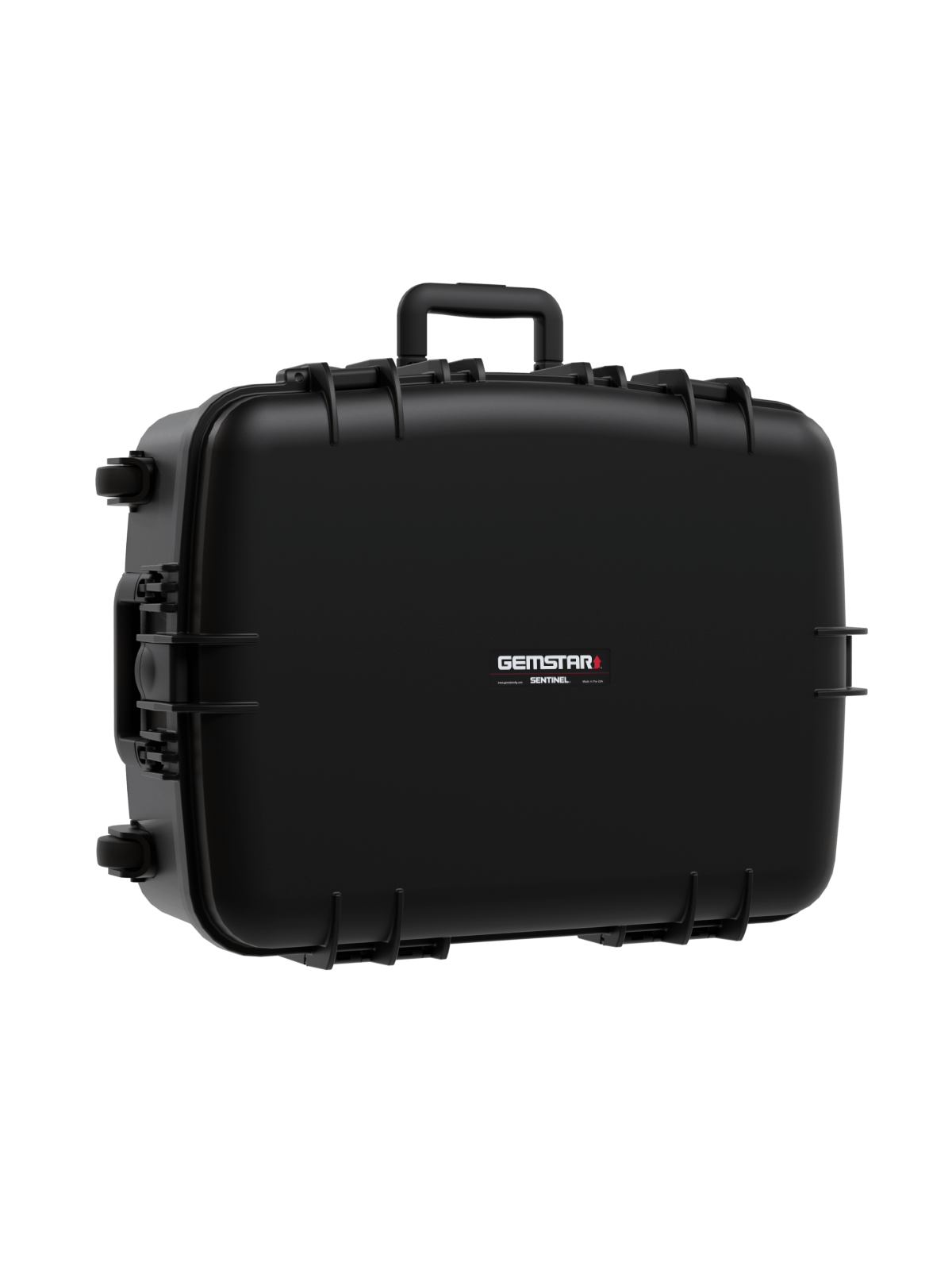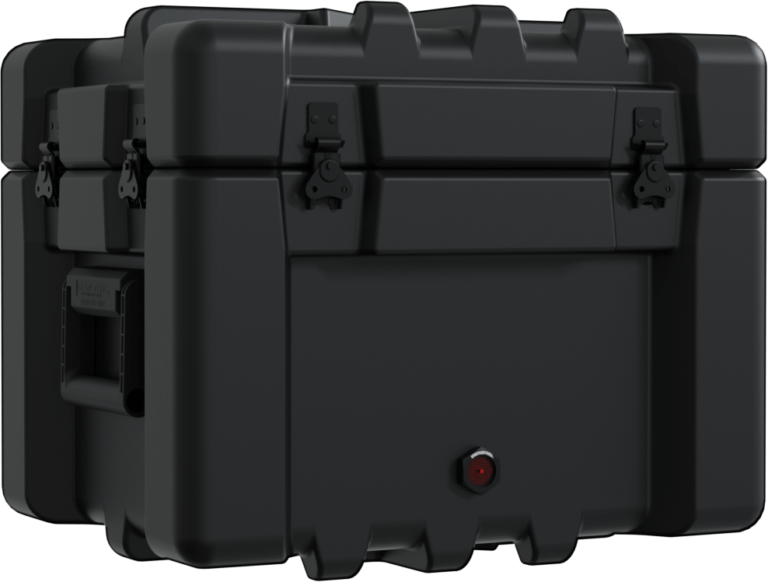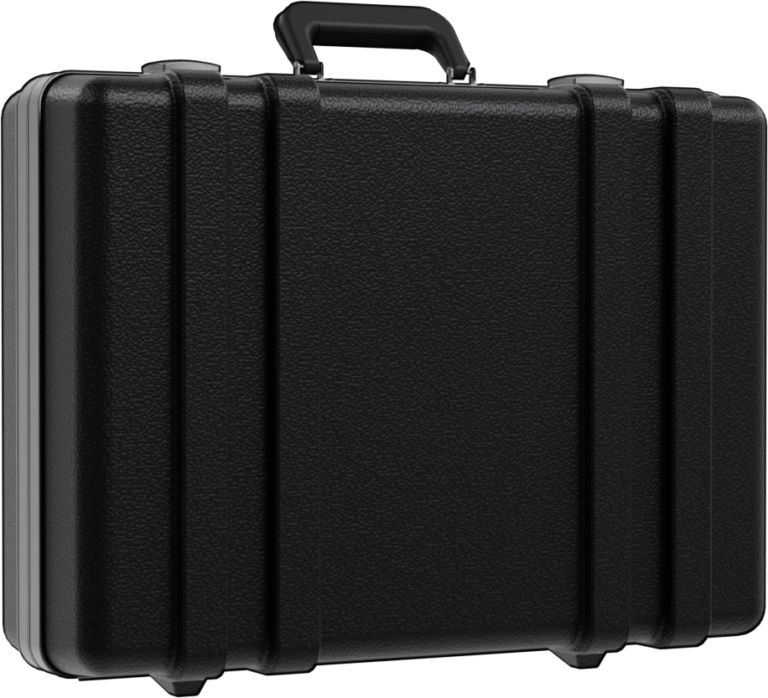Q: Why do I need to know about industry packaging standards and testing procedures when purchasing or designing my reusable cases?
A: Industry standards are guidelines set by various packaging experts and engineers who considered how reusable packages are handled and damaged, and how to design and test to make sure that the cases are tough enough. The more you know about these standards, the better equipped you are to select and design a hardsided case for your project.
Q: What do these standards tell me and how are they helpful to me as a case specifier and/or designer?
A: Case manufacturers use these standards to provide information about their cases. Advertising that cases meets any of these standards means that the manufacturer tested it to the criteria called out by the standard. For example, if a case manufacturer says that their product meets IP67, then you know that the case is airtight/ watertight.
These standards also tell you the level of abuse a package typically sees. Test methods for smaller and lighter cases call out drops on multiple sides and edges of the case, while larger and heavier cases are to be tested at lower heights and fewer drops and impact surfaces. This is helpful when designing for your project. If you throw a case off a building from 50 ft. up, and it or your part breaks, you’ll likely think you need more foam protection or a bigger, tougher case. However, even for small cases, the typical test methods in these standards call out far lower drops. If you go by the 50 ft. results, you may end up over designing and spending more for a case solution than is necessary.
Q: What are the most important standards I might want to focus on?
A: For hard-sided cases, the more common standards are:
MIL-STD 810 Environmental Engineering Considerations and Laboratory Tests
ASTM 4169 Performance Testing of Shipping Containers and Systems
IP International Protection/Ingress Protection Rating
ATA Specification 300—Commercial Air Transportation Standards
However, there are numerous standards for testing and design, and the size of some of the specs are daunting, to say the least. For example, the military standard MIL-STD-810 is over 800 pages long and very comprehensive. Only certain sections pertain specifically to reusable cases. In addition, because these standards are drafted by different authoritative bodies, there is much redundancy and overlap.
Q: Could you offer an example of this overlap?
A: One example is MIL-STD-3010 and AEPP-3, where five of the test methods, including corner-wise and edge-wise drops, are exactly the same. This type of redundancy is common. Some standards avoid this by referencing other standards for certain tests. ATA 300 references ASTM D-999, Procedural Method B, as the requirement for vibration testing for Category 1 containers.
Q: With these standards being so comprehensive and with all the redundancy, how do I know what’s important or relevant for my project?
A: Familiarize yourself with some of the more common standards listed above. It is also good to research any certification listed for a particular case model by a manufacturer. You can also consult with your custom case solution provider, as they should be able to walk you through the most important criteria and help you decide what is relevant to your project needs.
Q: It sounds like case companies use these standards to certify their cases–but what about my specific case design? What do I need to know to make sure my case will work?
A: Because the goal of the case is to protect your parts, the certification of an empty case does not guarantee that your parts will be adequately protected. For very sensitive and expensive equipment, consider having the case loaded with your part and tested to make sure no damage occurs. Drop and vibration are the best test to ensure against damage in the field. Note that if a case is certified as watertight/airtight, you only need to retest for this if you cut additional holes in the case. Gemstar has in-house equipment to cover a variety of tests.
Q: What if my case will be subject to more severe criteria than the “typical” scenario covered by these standards?
A: Reusable packaging standards cover what is determined to be the average level of abuse. If your application isn’t average, you can work directly with a testing facility or your case provider on the challenges and then test accordingly. For example, Gemstar had a Naval application where a heavy case needed to be tethered to an open helicopter. If the case slid out it could not detach from the tether. Gemstar designed a reinforced handle installation method and tested it by dropping a weighted case using the same length of lanyard used in the field. Gemstar case experts can provide design assistance to make sure your case will work.


